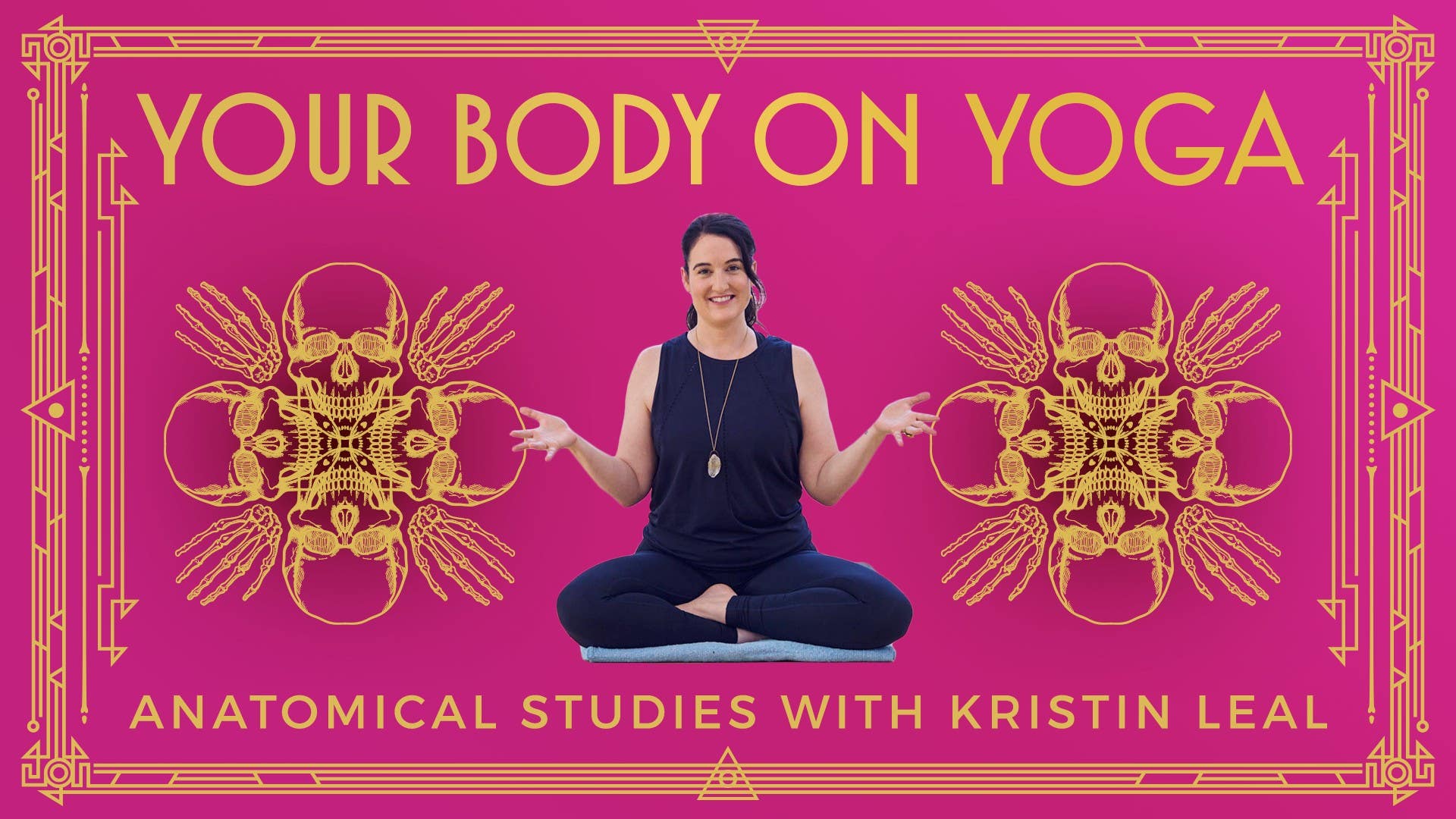Description
Please see the attached .pdf for a chart of the Cervical Vertebrae Anatomy.
Transcript
Read Full Transcript
Let's look now at the cervical vertebra. So you have seven cervical vertebra and they're quite precious. They're quite small and delicate and almost bird-like in nature. So here we have a typical cervical vertebra. C1 and C2 are going to be a little bit different, so we're going to talk about them next.
But C3 through C7 are very similar. So look at the insanely small body of the cervical vertebra. And then these would have a teeny tiny disk sitting on top. Those two little holes have been drilled into it, so it's hanging on a skeleton in my house. So ignore those two tiny little holes.
This hole, of course, is where the vertebral canal is, where the spinal cord is descending down. And then the spinous process has a little bifurcation, has a little bit of a deviation and that's for ligament attachment. If you notice how delicate and beautiful and small these cervical vertebra are and those teeny tiny disks that sit on top, it's evolutionarily set this way. We're bipedal upright critters and so we don't have to support a lot of weight on our neck. Our head weighs about 10 or so pounds with all of its goo inside.
And so it really doesn't take too much to support it. So we don't have those lumbar vertebra, those big heavy duty disks and bodies. Now if you imagine, though, that you're holding, say, a 10-pound bowling ball above your head, if you were to hold it straight up, it would take energy. You would start to feel your muscles kick in and try to kind of support it and try to hold on. No doubt, it would be challenging but doable.
Now just taking your arm forward a couple of inches, just a little bit, all of a sudden you can sense more muscles trying to struggle to support it because you're not aligned with gravity. Right? And this is what, unfortunately, we all do and it's something so common that physical therapists and in the doctor world, they started to call it techs neck or a tech neck and it's where we jut our heads slightly forward. Usually we're kind of tucking in our pelvis, rounding in our thoracic and then we have to see our computer screen or see our phones or drive, see what's in front of us. And so this head forward position starts to come in, right?
It's not very cute and it's also pretty detrimental to our neck. The muscles in and around the neck have to really try to support what's going on there and can cause a lot of issues arising in the neck. Now in the cervical vertebra, the cervical vertebra are pretty unique in that they have these two little side holes and these are what's called the vertebral foramen, they're also foramen little holes, but they're for the vertebral arteries and the arteries moving from the heart to the very hungry brain, giving it oxygen rich blood and it has a few different pathways up, but this is a very important pathway. So as it sits in the neck, we have these gorgeous fountain of arteries ascending up to the brain. Now the issue becomes now with these delicate bones, these teeny tiny little discs and this fountain of nourishing blood to the brain moving through this region, unfortunately the practices of yoga sometimes bring a lot of injury and unfortunately a lot of drama to this region.
If you can imagine, this is meant to support about 10 or so pounds and then we have the audacity to take our entire weight and turn upside down hoping that the head and neck can support it. It's often not well suited for it. We also do things like shoulder stand, extreme flexion of the neck, which might put those little vertebral arteries in a little bit of a scary position. We have a lot of mobility in the neck, we don't have ribs in this area, we have pretty puny little processes that are around it, so the neck is fairly mobile, it has a fair amount of flexion, fair amount of extension, lateral flexion and rotation, but I'd like you to do this with me if you take your hands onto your sternum, just as a way of going sternum don't move, right, and you keep your eyes kind of on the horizon and you just start to turn your head to one side and then just stop wherever you stop and go back to center slowly and check out the other side, often they're really different. We tend to have this kind of habits and tension in one side and not the other because of carrying bags or dominant hands or life.
Now what you might have noticed is that unless you're an owl, and welcome if you are, you don't have 180 degrees of rotation available in your neck. Now I can kind of hear that maybe some of you will go, oh well I'm pretty special, I have 180 degrees, I could see over my shoulder. You can't, what's happened is you did a combo platter of rotation and extension to see what's behind you, right, and we do that in a lot of our poses, when we do rotation the teacher might say things like see the back of the room or see over your right shoulder or see up to your right fingertips and we turn our head and add an extension to the mix. Unfortunately when this happens in the vertebra it pinches that area where the vertebral arteries are ascending and that can cause again damage to those arteries and damage is, it could be strokes, it could be tearing of those arteries, it could be blocking the blood flow, all things of course we don't want to encourage in ourself or in our students. Now C1 and C2 are just pretty unique.
C1 is so unique that it's called the atlas, so it's just a big circle, a big ring, big bony ring, and it doesn't have a body, right, and it's got pretty giant holes for the vertebral arteries to begin their ascension up to the brain. Now you have C1 called the atlas, like atlas holding up the world as vertebra holds up the skull, and then we have C2 which is called the axis, and excuse the demo here, but it has a phallic projection called the dens which the atlas sits upon and that's what allows a lot of the rotation component of the cervical to occur. So we have a fairly mobile cervical area, we've got puny, delicate, special, unique bones, it behooves us as yoga students to treat this area with the utmost care and respect.
Your Body on Yoga: Torso
Comments
You need to be a subscriber to post a comment.
Please Log In or Create an Account to start your free trial.














